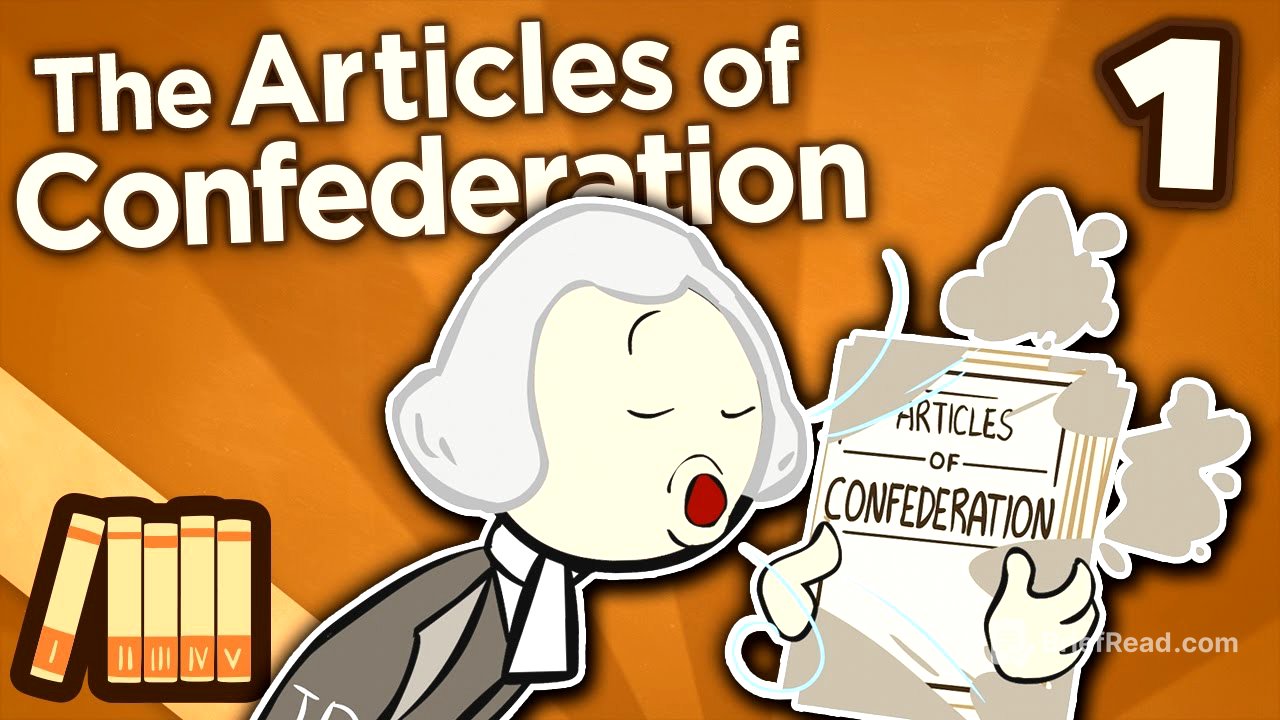TLDR;
This video explores the creation of the Articles of Confederation, the first national government of the United States, and its eventual replacement by the Constitution. The video highlights the challenges faced by the newly independent states in establishing a unified government, the influence of Benjamin Franklin's ideas, and the role of John Dickinson in drafting the Articles. It also emphasizes the tension between the states' desire for autonomy and the need for a strong central government.
- The Articles of Confederation were drafted in the midst of the American Revolutionary War, with the goal of uniting the colonies as a single nation.
- The Articles were initially intended to create a strong central government with significant power over the states, but this vision was ultimately rejected by the states, who feared losing their autonomy.
- The final version of the Articles, which was ratified by the states, created a weak central government with limited powers, ultimately leading to its replacement by the Constitution.
The Road to Independence [0:00]
The video begins by outlining the events leading up to the American Revolution, including the British Parliament's attempts to tax the colonies and the colonists' growing resistance. The Continental Congress was formed to address these grievances, initially aiming to negotiate with Parliament. However, the colonists' growing defiance and the British response, including the blockade of Boston Harbor, led to the outbreak of war.
The First Constitution [4:16]
The video then focuses on the creation of the Articles of Confederation. It highlights the influence of Benjamin Franklin, who had been advocating for a unified government for decades, drawing inspiration from the Haudenosaunee Confederacy. Franklin's initial proposal for a strong central government was rejected by the colonies, who were wary of surrendering their autonomy.
The Articles of Confederation [6:08]
The video then delves into the drafting of the Articles of Confederation by John Dickinson, a Loyalist who had initially opposed independence. Dickinson, recognizing the need for a unified government, revised Franklin's plan, proposing a strong central legislature with authority over the states. However, the states remained hesitant to cede power, and the final version of the Articles, which was ratified in 1781, created a weak central government with limited powers.
A Weak Foundation [8:36]
The video concludes by discussing the shortcomings of the Articles of Confederation. The weak central government struggled to enforce its authority, leading to economic instability and disputes between the states. The video highlights the eventual need for a stronger national government, which would be addressed by the drafting of the Constitution.
